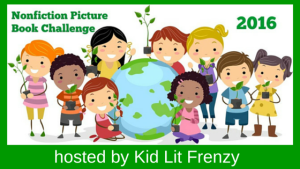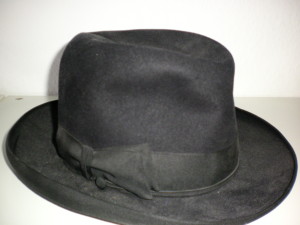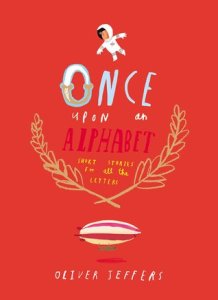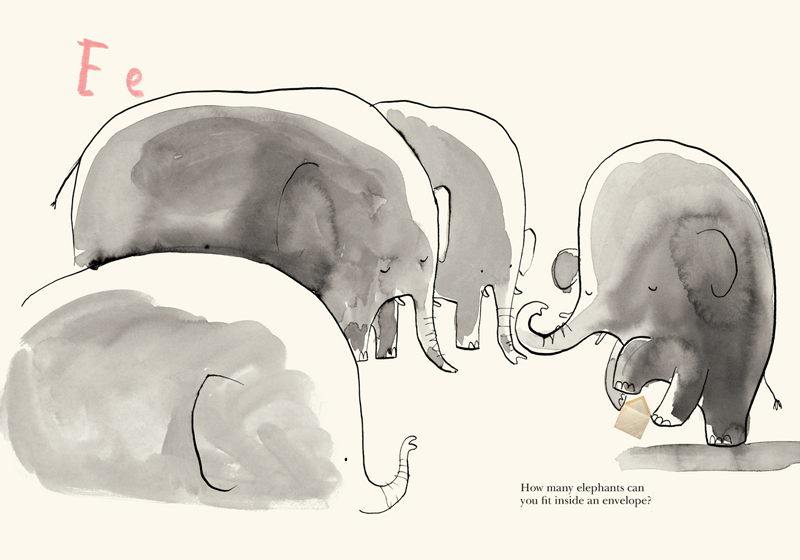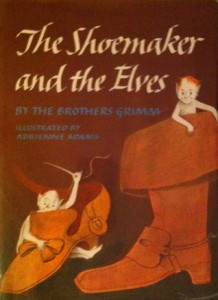A Tyranny of Petticoats: 15 Stories of Belles, Bank Robbers, and Other Badass Girls
Authors: Various
Published March 8th, 2016 by Candlewick Press
Summary: From an impressive sisterhood of YA writers comes an edge-of-your-seat anthology of historical fiction and fantasy featuring a diverse array of daring heroines.
Criss-cross America — on dogsleds and ships, stagecoaches and trains — from pirate ships off the coast of the Carolinas to the peace, love, and protests of 1960s Chicago. Join fifteen of today’s most talented writers of young adult literature on a thrill ride through history with American girls charting their own course. They are monsters and mediums, bodyguards and barkeeps, screenwriters and schoolteachers, heiresses and hobos. They’re making their own way in often-hostile lands, using every weapon in their arsenals, facing down murderers and marriage proposals. And they all have a story to tell.
With stories by:
J. Anderson Coats
Andrea Cremer
Y. S. Lee
Katherine Longshore
Marie Lu
Kekla Magoon
Marissa Meyer
Saundra Mitchell
Beth Revis
Caroline Richmond
Lindsay Smith
Jessica Spotswood
Robin Talley
Leslye Walton
Elizabeth Wein
A Tyranny of Petticoats Blog Tour!
The authors of this anthology are as diverse as their characters, so to give readers a better sense of their diverse processes and experiences writing for this anthology, the following three questions were asked of each contributor:
1. What inspired you to write about this particular time and place?
2. What was the most interesting piece of research you uncovered while writing your story?
3. Who is your favorite woman in history and why?
Today we are happy to host Caroline Richmond, Lindsay Smith, and Robin Talley as they answer those questions for us:
Caroline Tung Richmond
Story title: “The Red Raven Ball”
Story setting: 1862, Washington, D.C.
About the Author: CAROLINE TUNG RICHMOND is the author of The Only Thing to Fear and the forthcoming The Darkest Hour, a YA novel set in Occupied France during World War II. A self-proclaimed history nerd, Caroline lives with her husband and daughter in the Washington, D.C., area — not far from several Civil War battlefields.
- What inspired you to write about this particular time and place?
- As a kid growing up in the Washington, D.C., area, I’ve always been fascinated by the Civil War. It always struck me how D.C. — the capital of the Union — butted right up against the Confederate border. The city was well-fortified, but it still must’ve been scary to live in the capital during the war, with Confederate troops looming nearby. So when Jessica Spotswood kindly invited me to contribute to A Tyranny of Petticoats, I immediately wanted to set my short story in Washington during the Civil War, and that’s how “The Red Raven Ball” came to be.
- What was the most interesting piece of research you uncovered while writing your story?
- Finding an old photo of my husband’s ancestors! My husband is related to a famous nineteenth-century politician named Robert Ingersoll — dubbed “the most famous American you never heard of” by the Washington Post — and I wove a few details of his life into “The Red Raven Ball.” While researching Ingersoll, I came across a photo of him with his family. It was such a treat to study their faces and know that their blood runs in my daughter’s veins!
- Who is your favorite woman in history and why?
- Elizabeth Cady Stanton, hands down! Stanton dedicated her life to fighting for women’s suffrage in the United States, and she was basically a nineteenth-century badass lady. One example of her awesomeness? Prior to her wedding, she instructed the minister to omit the phrase “promise to obey” from her vows. She also raised seven kids while working tirelessly as a suffragette, abolitionist, and social activist. She’s truly an inspiration to me.
Lindsay Smith
Story title: “The City of Angels”
Story Setting: 1945, Los Angeles, CA
About the Author: LINDSAY SMITH is the author of the Sekret series of paranormal spy thrillers set in Soviet Russia, and Dreamstrider, a high fantasy adventure. She grew up watching far too many movies from the 1940s — from Abbott and Costello comedies to musicals to anything dazzling with old Hollywood glamour. Not one for California weather, however, she lives in Washington, D.C., with her husband and dog, and writes on foreign affairs.
- What inspired you to write about this particular time and place?
- I’m deeply drawn to twentieth-century history — that sense of immediacy while still being at a slight historical remove is fascinating to me. When Jessica Spotswood mentioned she hadn’t gotten any story proposals set during World War II, I knew I wanted to pick that time period. The idea of a home-front drama really appealed to me because of the significant roles women got to play in the war effort that they had rarely been offered before the 1940s. Evelyn’s and Frankie’s characters just grew organically from that setting.
- What was the most interesting piece of research you uncovered while writing your story?
- I fell down a rabbit hole researching all the tiny details of munitions and airplane factory life for women during World War II. They could earn the right to fly particular banners over their factories, for instance, if they sold enough war bonds. All of the home-front stories I read as research were inspiring, though — that curious mix of patriotism, determination, and sisterhood these women felt as they tended victory gardens, rationed meat, and collected scrap metal for the war effort.
- Who is your favorite woman in history and why?
- I love disruptive women in history! Catherine the Great, Alice Roosevelt, Empress Dowager Cixi — all women who cared nothing for others’ opinions of them and didn’t let others stand in their way when they set out to accomplish their goals.
Robin Talley
Story title: “The Whole World is Watching”
Story setting: 1968, Grant Park, IL
About the Author: ROBIN TALLEY is the author of Lies We Tell Ourselves, a finalist for the 2015 Lambda Literary Award for LGBT Children’s/Young Adult, as well as the contemporary novel What We Left Behind and the upcoming thriller As I Descended. Robin lives in Washington, D.C., where she enjoys being surrounded by history, though she’s glad to be living in the twenty-first century.
- What inspired you to write about this particular time and place?
- Nineteen sixty-eight was a time of massive protests across the United States — much like the present day. I was interested in exploring the history of antiwar protests in the 1960s and how they intersected with the ongoing civil rights movement, the burgeoning feminist movement, and the very early days of the movement in support of equal rights for LGBTQIA+ people. As an added bonus, the sixties had some truly amazing clothes, hairstyles, and slang that were fun to think about.
- What was the most interesting piece of research you uncovered while writing your story?
- The antiwar protests at the Chicago 1968 Democratic National Convention were crushed by what were then considered extreme police tactics, and there was a national outcry after video of the police brutality was shown on live TV. Hundreds of demonstrators were injured by police and National Guard officers who dramatically outnumbered the protestors and who didn’t hesitate to use violence against them. In my research I learned that the police tactics used were unheard of at the time, such as the use of military-style weapons like tear gas and the wearing of protective gear like riot helmets over their regular clothing. But today many police units combating protests in places like Ferguson, Missouri, and Baltimore, Maryland, have taken much more extreme approaches, including the use of advanced military gear and weaponry. It was interesting to learn how things have progressed in terms of police tactics, and the public’s reaction to them, over the past few decades. What was once considered extreme would be considered commonplace, maybe even tame, by today’s standards.
- Who is your favorite woman in history and why?
- There are way too many to pick just one favorite! So I’ll name the woman who I think is the obvious choice to go on U.S. currency (preferably the twenty-dollar bill so we can get rid of Andrew Jackson) — Harriet Tubman. Through sheer determination and a lot of skill she took the biggest risk imaginable — and she succeeded, changing the lives of so many and changing the world at the same time.
Don’t miss the other stops on the blog tour!
Wednesday, March 2 A Foodie Bibliophile in Wanderlust
· J. Anderson Coats
· Andrea Cremer
· Y. S. Lee
Thursday, March 3 Charting by the Stars
· Marissa Meyer
· Saundra Mitchell
· Beth Revis
Friday, March 4 Unleashing Readers
· Caroline Richmond
· Lindsay Smith
· Robin Talley
Monday, March 7 Teach Mentor Text
· Katherine Longshore
· Marie Lu
· Kekla Magoon
Tuesday, March 8th YA Love
· Leslye Walton
· Elizabeth Wein
· Jessica Spotswood
Tyranny of Petticoats is on sale March 8th!
**Thank you to Kathleen at Candlewick for having us as a part of the blog tour!**






